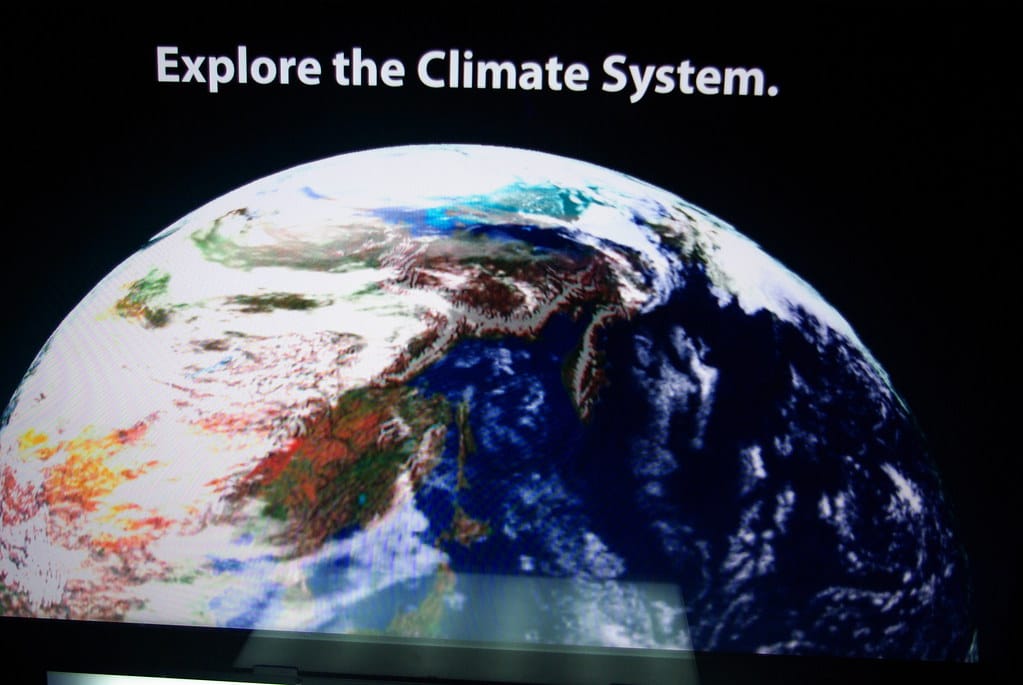US Cuts Environmental Monitoring From Weather Satellites: A Step Backward in Climate Science
The United States government has quietly removed critical ocean and air pollution monitoring capabilities from its next-generation weather satellite program, marking a significant retreat from environmental oversight at a time when climate change demands enhanced monitoring, not reduced surveillance.
The decision affects the Geostationary Operational Environmental Satellite-R (GOES-R) series and future satellite programs, stripping away instruments designed to track ocean health, air quality, and atmospheric pollution levels. This move represents a dramatic shift in priorities that could leave scientists and policymakers flying blind when making crucial environmental decisions.
What's Being Cut
The eliminated monitoring capabilities include several critical environmental instruments that scientists have relied on for decades:
Ocean Color Monitoring: Satellites will no longer track phytoplankton blooms, water quality, and marine ecosystem health from space. This data has been essential for understanding ocean productivity, detecting harmful algal blooms, and monitoring the impacts of climate change on marine environments.
Air Quality Sensors: Advanced instruments designed to measure ground-level ozone, nitrogen dioxide, and particulate matter concentrations will be removed from future satellite configurations. These measurements have been crucial for public health warnings and environmental policy enforcement.
Atmospheric Chemistry Tracking: The ability to monitor greenhouse gas concentrations, including methane and carbon dioxide levels, will be significantly reduced or eliminated entirely from the next-generation satellite constellation.
The Timing Couldn't Be Worse
This reduction in environmental monitoring comes at a particularly troubling time. The National Oceanic and Atmospheric Administration (NOAA) reported that 2023 marked another year of record-breaking ocean temperatures, with marine heatwaves becoming increasingly common and severe.
Scientists have documented over 400 ocean dead zones worldwide, many of which could have been better tracked and understood through satellite ocean color monitoring. The Gulf of Mexico dead zone alone covers an area roughly the size of Connecticut, causing billions of dollars in damage to fishing industries annually.
Air quality monitoring faces similar challenges. The American Lung Association's 2023 State of the Air report found that over 120 million Americans live in areas with unhealthy levels of air pollution. Satellite data has been instrumental in identifying pollution sources and tracking improvement efforts.
Scientific Community Pushback
Leading climate scientists have expressed serious concerns about the decision. Dr. Jennifer Francis from the Woodwell Climate Research Center noted that "removing these capabilities is like taking the thermometer away from a patient with a fever – we're deliberately choosing ignorance at the worst possible moment."
The decision has also drawn criticism from international partners who rely on US satellite data for global climate monitoring. The European Space Agency and other international organizations have invested billions in complementary monitoring systems designed to work in conjunction with US satellites.
Economic and Policy Implications
The economic rationale behind the cuts remains unclear, as the instruments represent a relatively small portion of overall satellite costs. Industry estimates suggest the removed environmental monitoring equipment accounts for less than 15% of total satellite program expenses.
However, the long-term economic costs could be substantial. Environmental monitoring data helps prevent billions in damage from natural disasters, guides agricultural decisions worth hundreds of billions annually, and supports a $4.2 billion environmental consulting industry.
Agricultural Impact: Farmers rely on satellite data to optimize crop yields and manage water resources. Ocean monitoring helps predict weather patterns that affect growing seasons.
Disaster Preparedness: Early detection of environmental changes can provide crucial warnings for coastal communities facing algal blooms, oil spills, or severe weather events.
Public Health: Air quality monitoring protects vulnerable populations, particularly children and elderly individuals with respiratory conditions.
Looking Forward: What This Means
The removal of environmental monitoring capabilities from weather satellites represents more than a technical adjustment – it signals a fundamental shift in how the United States approaches environmental stewardship and climate science.
Private companies and international partners may need to fill the resulting data gaps, potentially creating new dependencies and reducing the comprehensive, coordinated approach that has characterized environmental monitoring for decades.
As climate change accelerates and environmental challenges intensify, the decision to reduce monitoring capabilities appears counterintuitive to both scientific need and public interest. The question remains whether alternative solutions can adequately replace the lost capabilities before critical environmental tipping points are reached – and whether we'll even know when we've crossed them.
The stakes have never been higher, and our eyes in the sky have never been more important.

